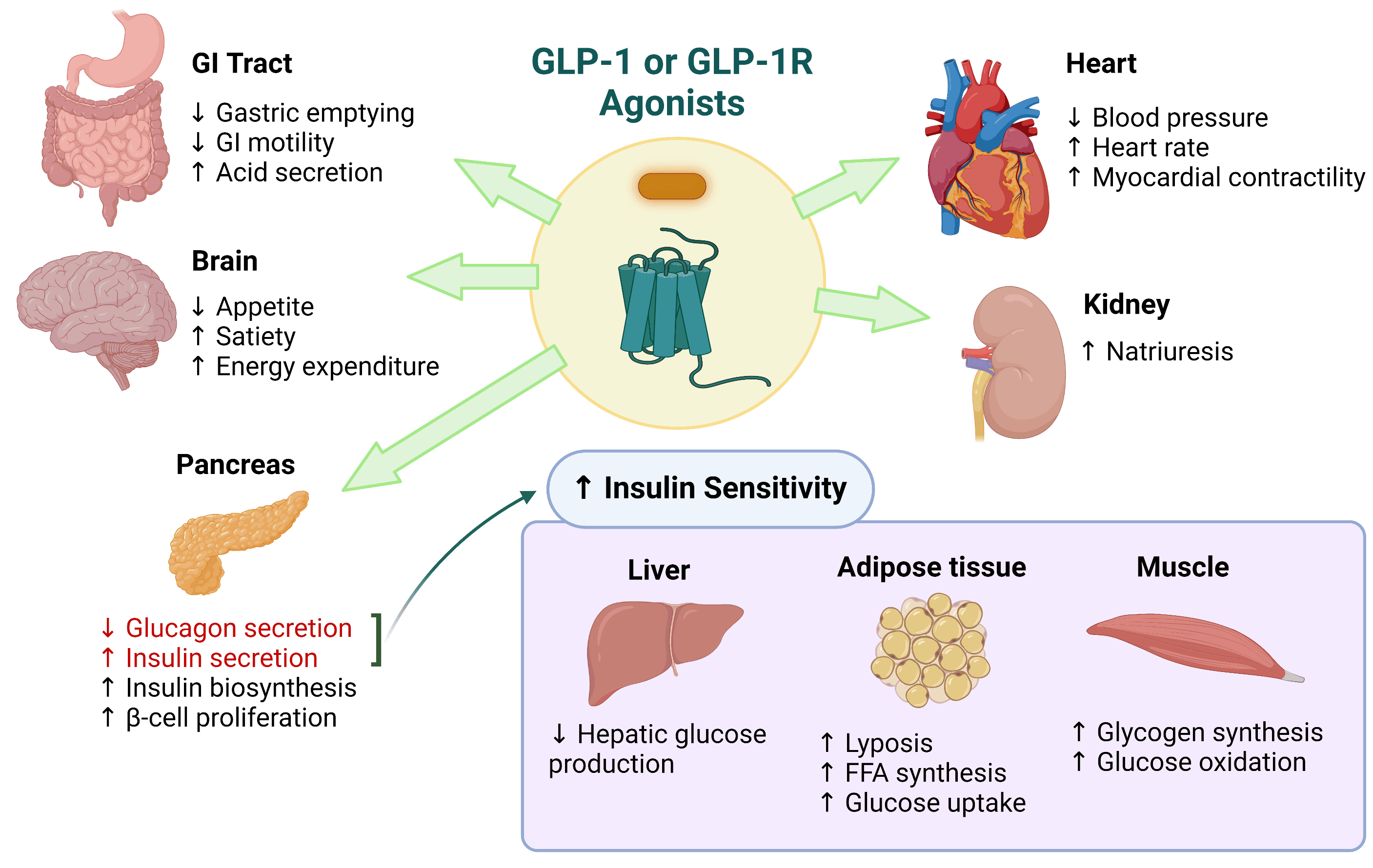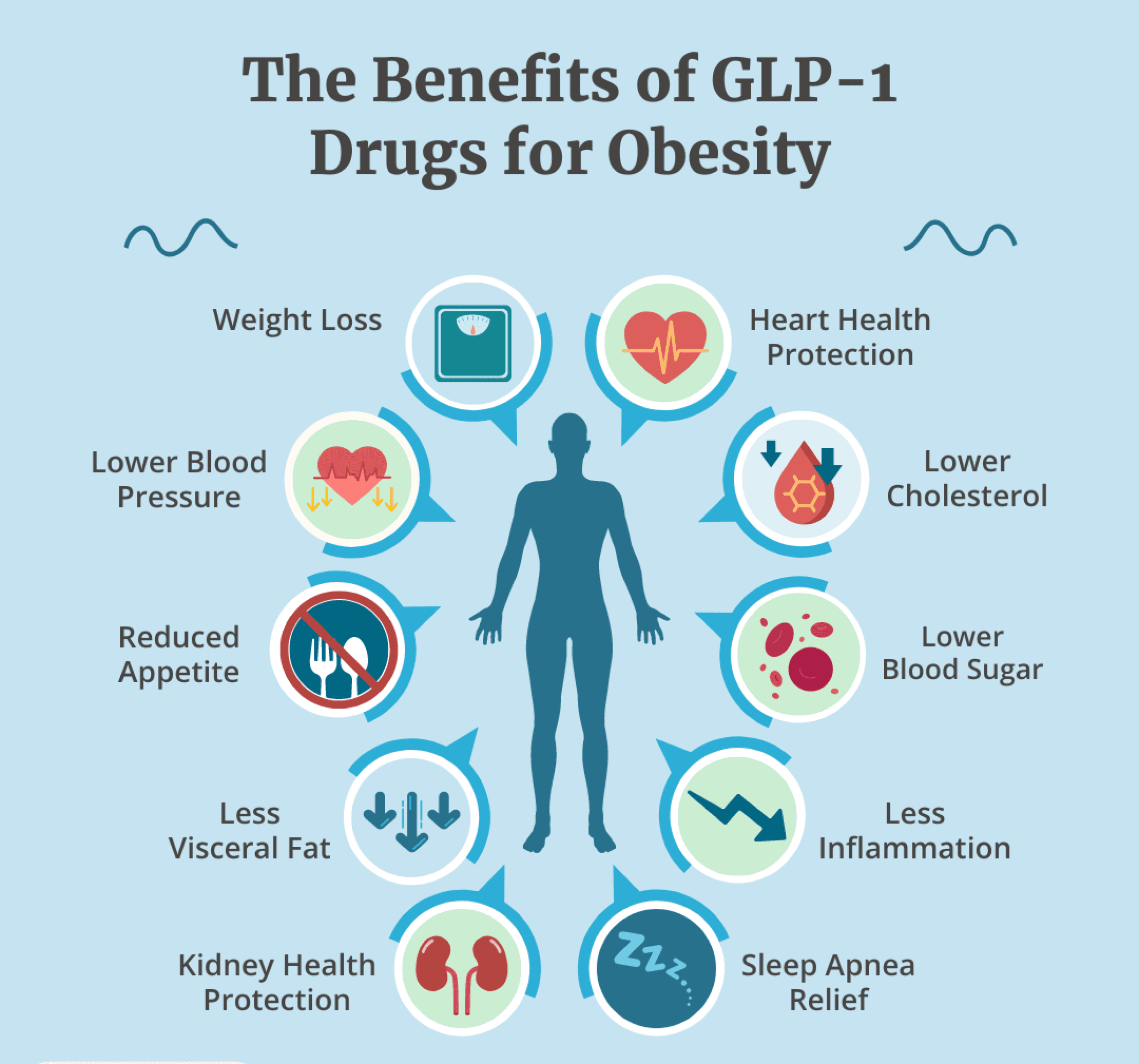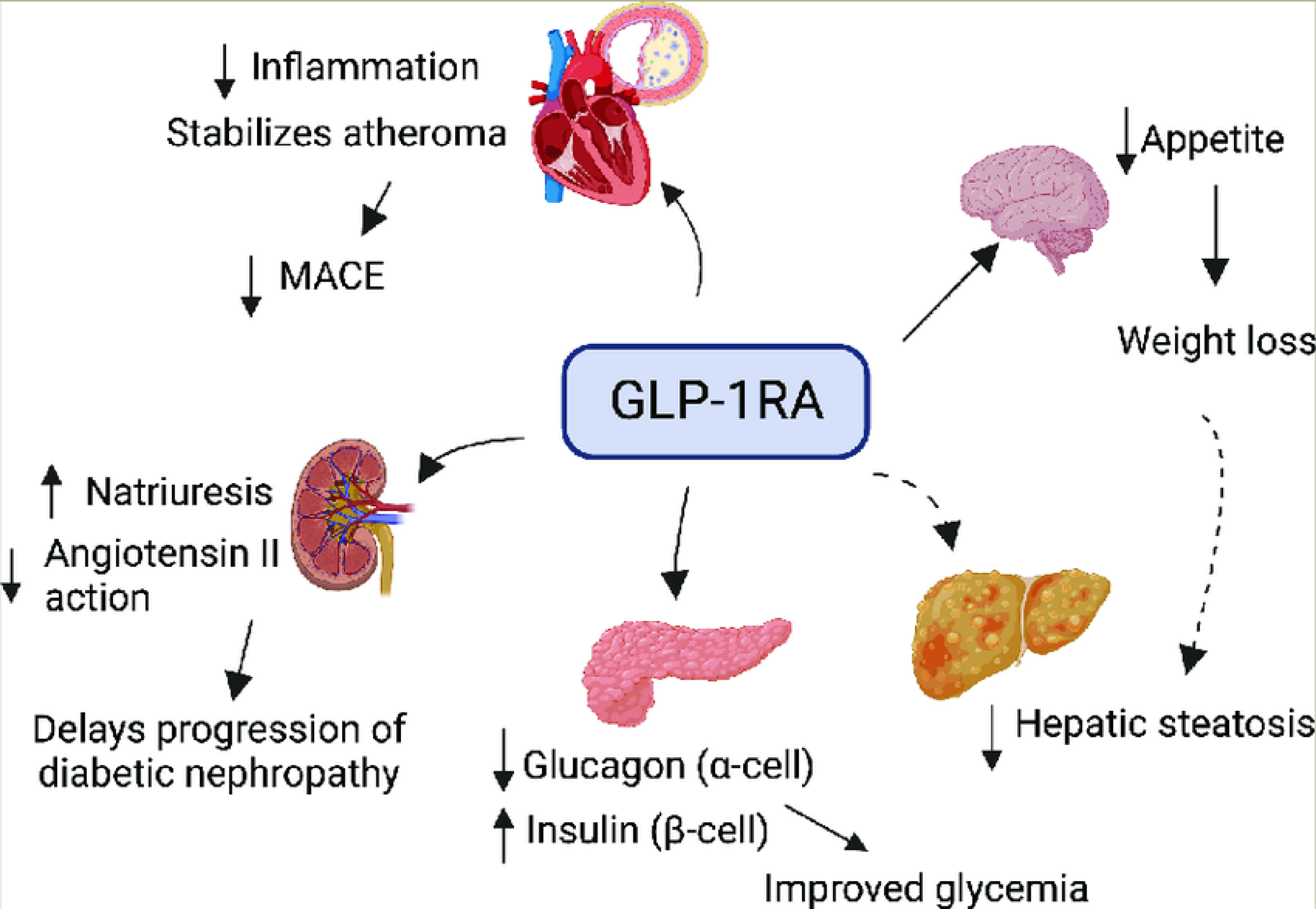In the fight against type 2 diabetes and obesity, GLP-1 (Glucagon-Like Peptide-1) has emerged as a game-changing hormone. It not only regulates blood sugar levels but also offers weight loss benefits and potential cardiovascular protection. With ongoing research expanding its applications, GLP-1 therapies are shaping the future of metabolic health.
What is GLP-1?
GLP-1 is an incretin hormone secreted by intestinal L-cells in response to food intake. Its key functions include:
Stimulating Insulin Secretion: Enhances insulin production when glucose levels rise.
Inhibiting Glucagon Release: Prevents excess glucose production by the liver.
Slowing Gastric Emptying: Controls post-meal blood sugar spikes.
Reducing Appetite: Promotes fullness, aiding in weight management.
Where is GLP-1 Produced?
GLP-1 is produced in the ileum and colon, triggered by carbohydrate and fat intake. However, it has a short half-life due to rapid degradation by dipeptidyl peptidase-4 (DPP-4). This discovery has led to the development of GLP-1 receptor agonists (GLP-1 RAs), which mimic its effects while resisting degradation.

Benefits of GLP-1
1. Improved Blood Sugar Control
GLP-1 plays a crucial role in glycemic control, reducing blood sugar fluctuations and enhancing insulin secretion.
2. Weight Loss Support
Clinical studies show that GLP-1 therapies help in significant weight reduction by suppressing appetite and increasing satiety.
3. Cardiovascular Protection
Research suggests GLP-1 may lower cardiovascular risks, reducing blood pressure and inflammation while improving heart health.
4. Neuroprotective Effects
Preliminary studies indicate GLP-1 may protect brain cells, with potential applications in Alzheimer’s and Parkinson’s diseases.
5. Anti-Inflammatory Properties
GLP-1 has been linked to reducing systemic inflammation, benefiting conditions like metabolic syndrome and obesity-related disorders.

Therapeutic Importance of GLP-1
Diabetes Management
GLP-1 is essential in type 2 diabetes treatment, offering a dual mechanism of lowering blood glucose and reducing appetite.
Beyond Diabetes: Broader Clinical Applications
Studies suggest GLP-1’s role in preventing:
Cardiovascular diseases
Chronic kidney disease
Nonalcoholic fatty liver disease (NAFLD)
Hypertension and metabolic disorders

GLP-1 is more than just a blood sugar regulator—it is shaping the future of diabetes, obesity, and metabolic disorder treatments. As research uncovers new therapeutic applications, GLP-1-based treatments may redefine preventive healthcare.
Staying informed about GLP-1 advancements will be crucial for healthcare providers and patients looking for cutting-edge solutions to manage diabetes and obesity effectively.



